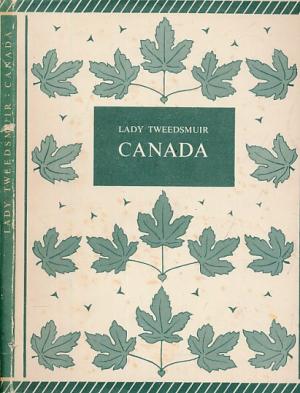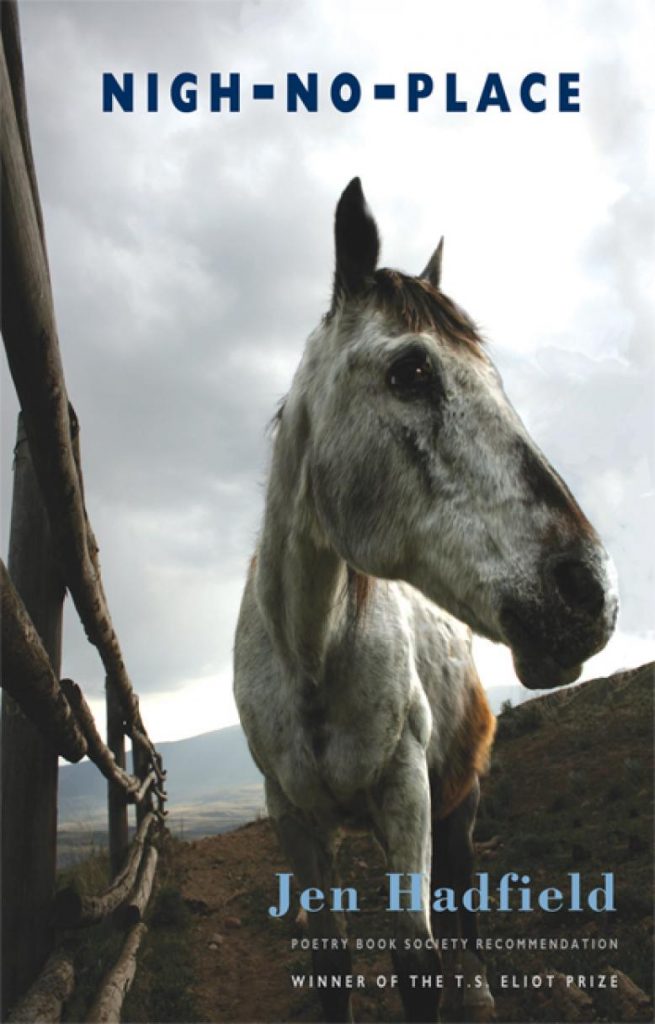When I was nine, my brother and I climbed into the back seat of our parents’ Ford LTD station Wagon, the model with the fake wood paneling on the doors, and we spent the summer driving across Canada and back. We planned to camp and my dad built a wooden clap-trap roof rack to hold all our camping gear. Anyone who knows my mom will understand how hopelessly optimistic it was to suppose that we’d get her to sleep in a tent. Most of the holiday involved conversations that began with “There’s a nice looking campground” and ended with “Wait here while I go get us a room”.
For me, it was a voyage of discovery. At the Calgary Stampede, I discovered that I needed glasses. There was supposed to be a man dancing on top of a hundred foot pole but I couldn’t see the pole never mind the man. And I discovered that I had food allergies. I ate something I shouldn’t have and was seized by an uncontrollable urge to empty my bowels. This happened at a camp site during a thunderstorm and I did my deed squatting in a field while my dad held an umbrella over my head.
Almost forty years later, I intend to retrace my path, this time without any kids and without any tents (and hopefully without any squatting in fields during thunderstorms). Instead of a Kodak Instamatic, I’ll be shooting with an Olympus DSLR. Instead of calls home from roadside pay phones, I’ll be using an iPhone. And instead of driving in a Ford LTD with V8 engine and 8 mpg, we’ll be driving a Prius with a 3rd generation hybrid engine which gets 70+ mpg.
To give our undertaking some perspective (for the benefit of readers from Europe), leaving from Toronto and driving through Ontario to the Manitoba border is like driving from Penzance in the southwest corner of England to Wick in the northeast corner of Scotland and halfway back again. And that’s just to get to the next province!
Lady Tweedsmuir

Seventy years ago, Lady Tweedsmuir wrote about our country in a slender volume which bears the highly inventive title Canada. Reading it today feels a bit like an exercise in anthropology – observing the attitudes of colonizers to their subject lands. She opens by observing that “It is necessary for anyone who wishes to understand a country first to study her history…” I’m inclined to think this is especially true of people who use that history to congratulate themselves: what fine people we British are for having spawned such a civilized colony!
Here are some of Lady Tweedsmuir’s observations about our country:
Ontario
“There are great forests in Northern Ontario. In the winter the train passes through unending aisles of what appear to be Christmas trees, their roots deep in snow. In summer you see the vivid green of the treacherous muskegs, an occasional wooden shack, with a flutter of washing on a line, varying the monotony.”
She goes on to describe it as a “curiously savage country”.
The Prairies
“The prairie people rarely want to leave for other places in Canada. Everywhere else seems to them rather confined and cramping after the huge expanses to which they are accustomed. … [T]hey are a virile people who get a great deal of pleasure out of life even in hard times, and some of the ablest Canadian minds have come from the prairies.”
Vancouver
“Grave Sikhs with black turbans are to be seen walking in the streets, and stolid-faced Chinamen stand under cabalistic signs in front of their shops.”
Victoria
“The architecture of Victoria is pleasantly Victorian, with solid villas set in flowers and grass, and the only alien note is the Chinese gardener gravely watering precious seedlings.”
If this is the understanding of Canada that history yields, maybe I’ll take a pass.
Jen Hadfield

Another Scot who has written a slender volume on Canada is the poet, Jen Hadfield. Nigh-No-Place isn’t really about Canada; some of its poems were inspired by travels through Canada. Inspired by instead of about makes all the difference. Inspired by means the land talks to you. About means you do the talking. Lady Tweedsmuir sat in her train car and looked out through the window at the countryside whizzing past, then applied her Romantic imagination to the puzzle of characterizing the people who inhabited it. I’m not sure how Jen Hadfield traveled through Canada, but I suspect it didn’t involve wearing white gloves …
Canis Minor
He lies in wait like a little headstone
as dry as dry as all Alberta.
I stop to pat his scrubby mohican.
His tongue spools out his head like magma.Over the Jamieson place
the stars are rising through a peacock dusk
nice and steady in the arid air.He scours his butt and licks my elbow.
He falls back on his haunches like a telescope,
winking and blinking his sunstung eyes.Last light. Mosquito bite.
I scrounge a log from the Jamieson woodpile,
an armful of pinecones for kindling.I put the fire in.
I begin to write this nice poem about your dog.
It strikes me that a poet might be better equipped to capture something of a place that eludes the rhyme and reason of historical facts and figures. Call it a mood, a feel for a place, a numinous sense of its spirit.
The Canada Poetry Challenge
To write a poem each day for 28 days while driving through central and western Canada. It will be impressionistic. It will be whatever’s in my gut. It will be unpolished. And then, when I’m home and have the luxury of time to think in a more editorial way, I’ll polish them up, tie them to images, and produce an ebook – kind of a road-trip poetry scrapbook chapbook. Nerts to Lady Tweedsmuir.